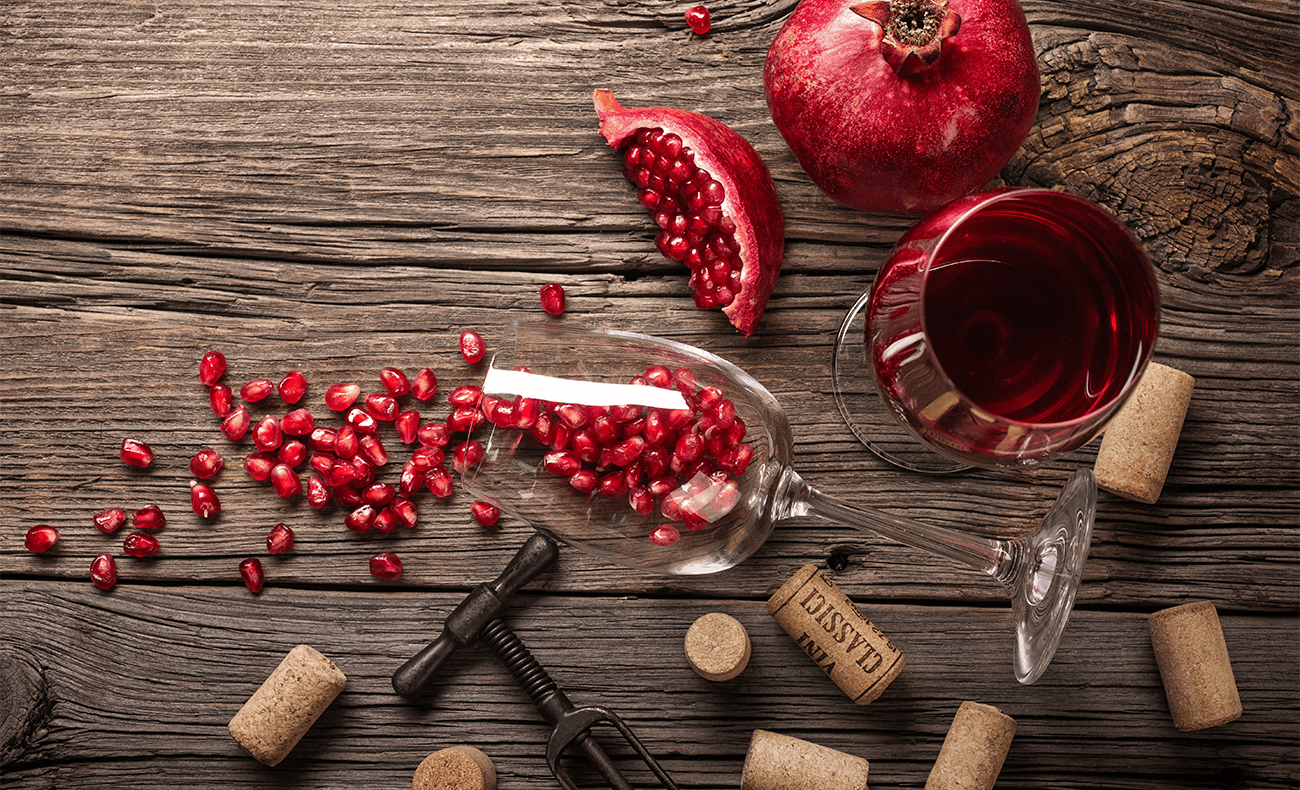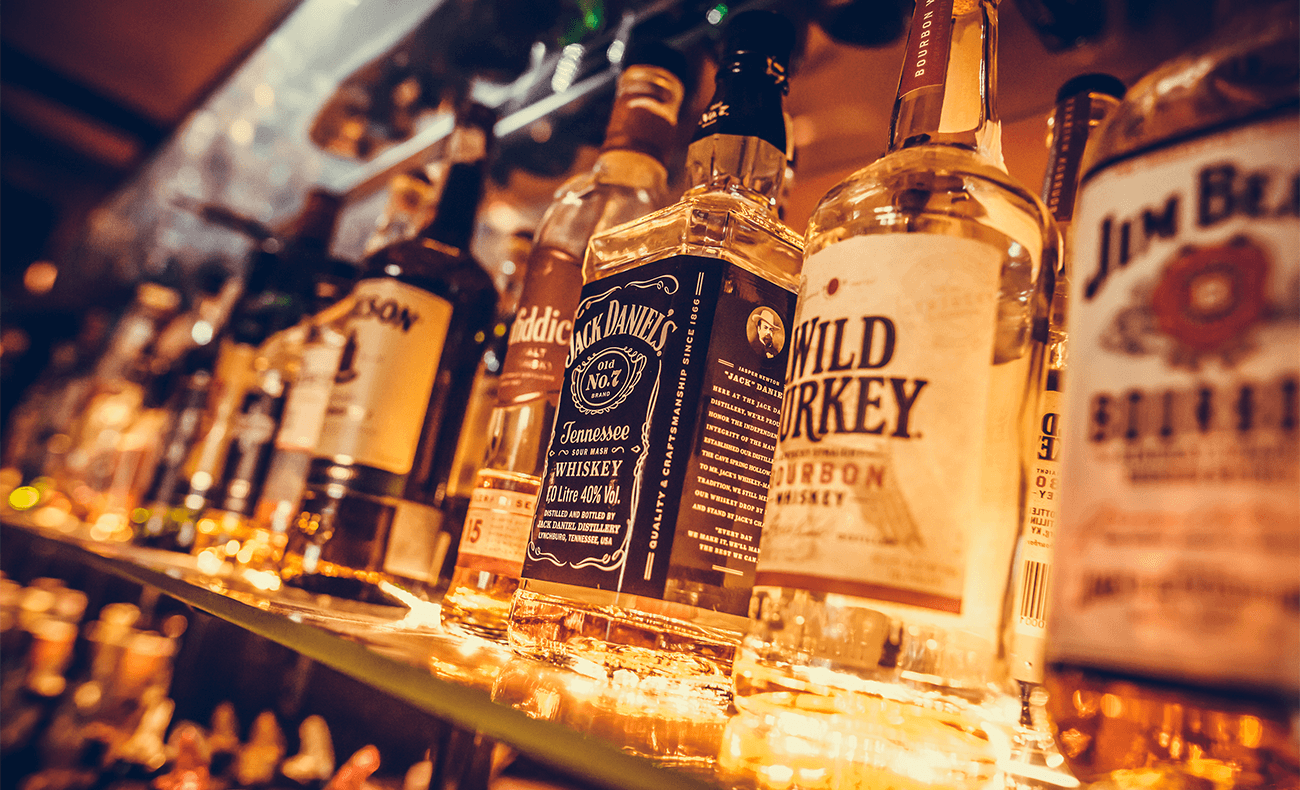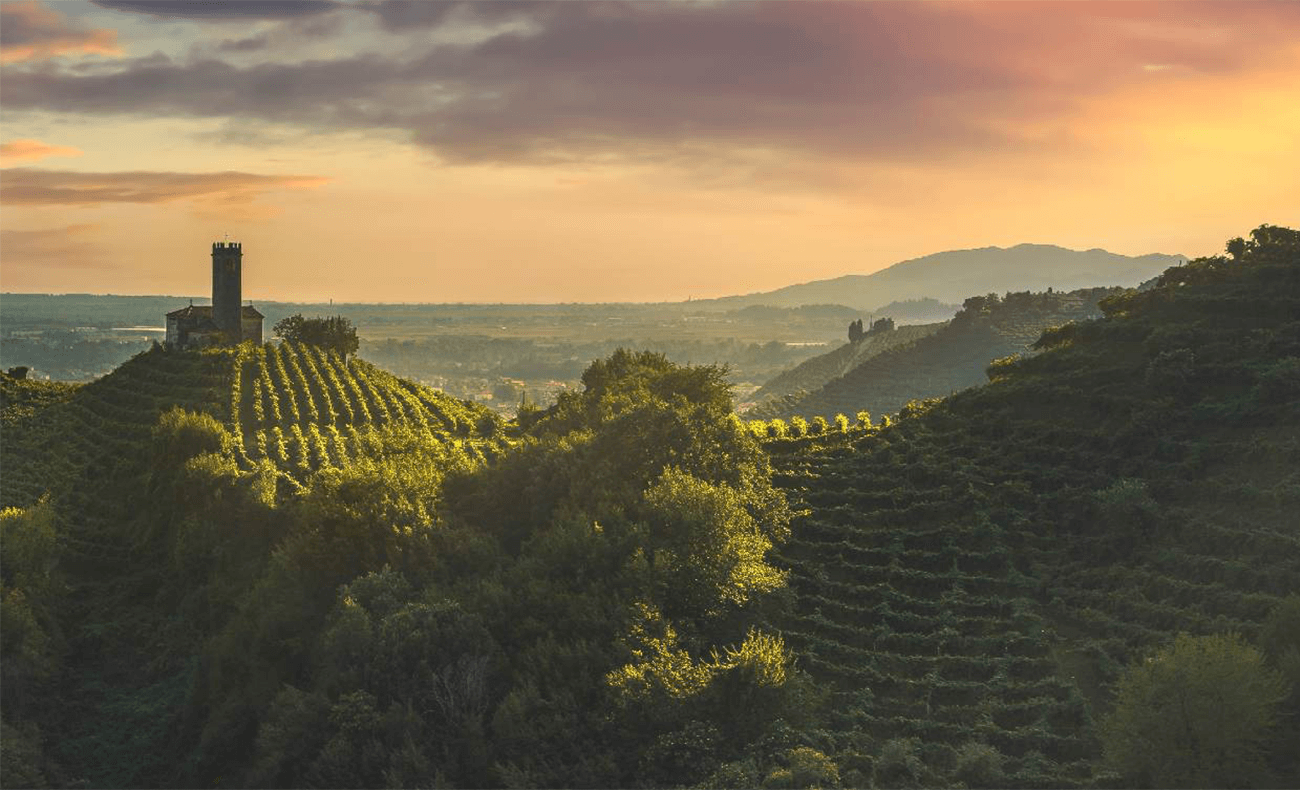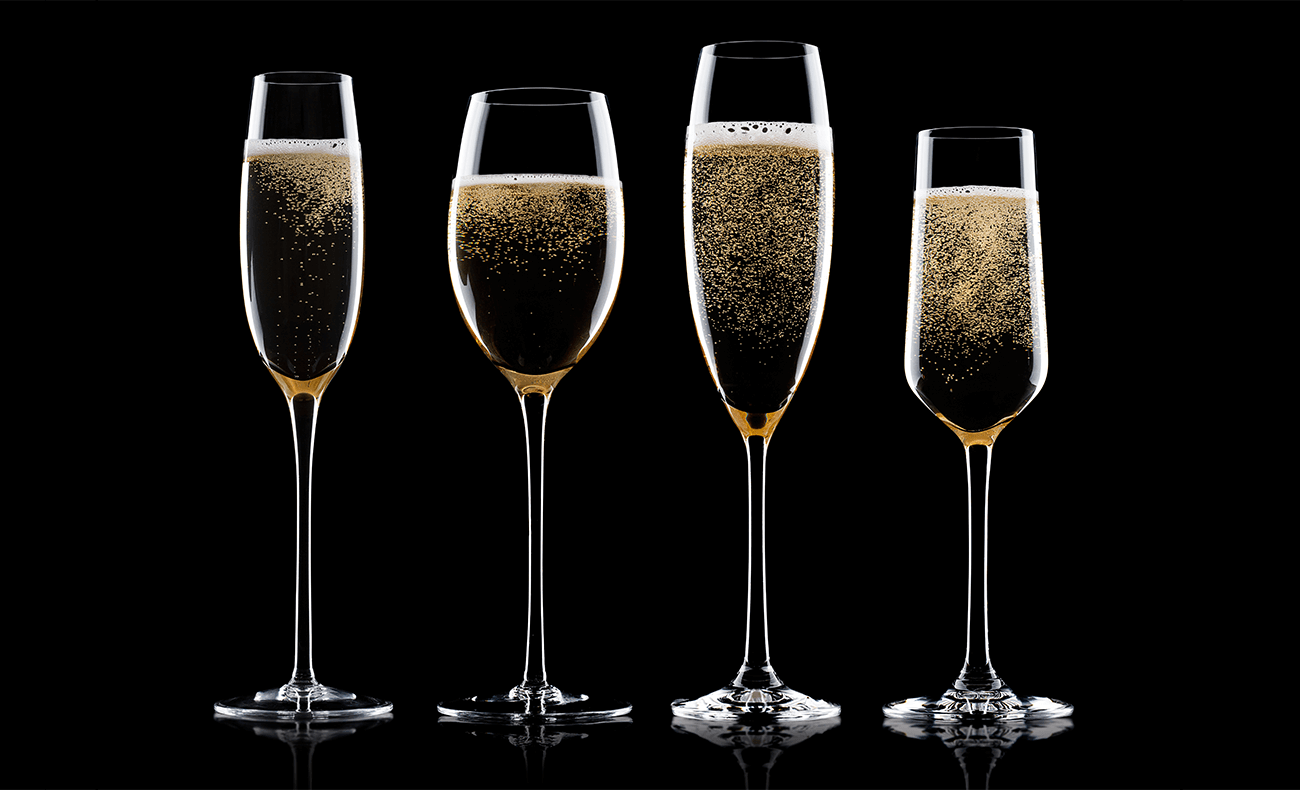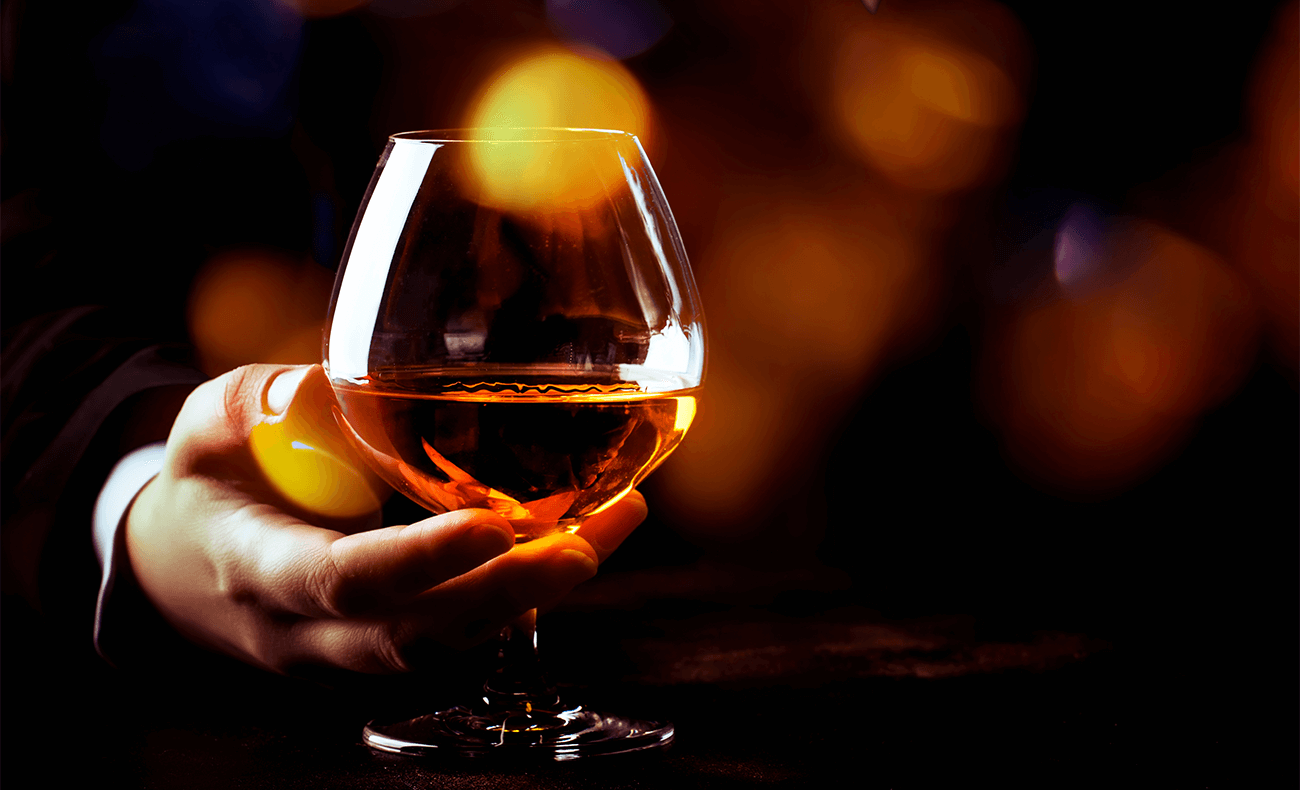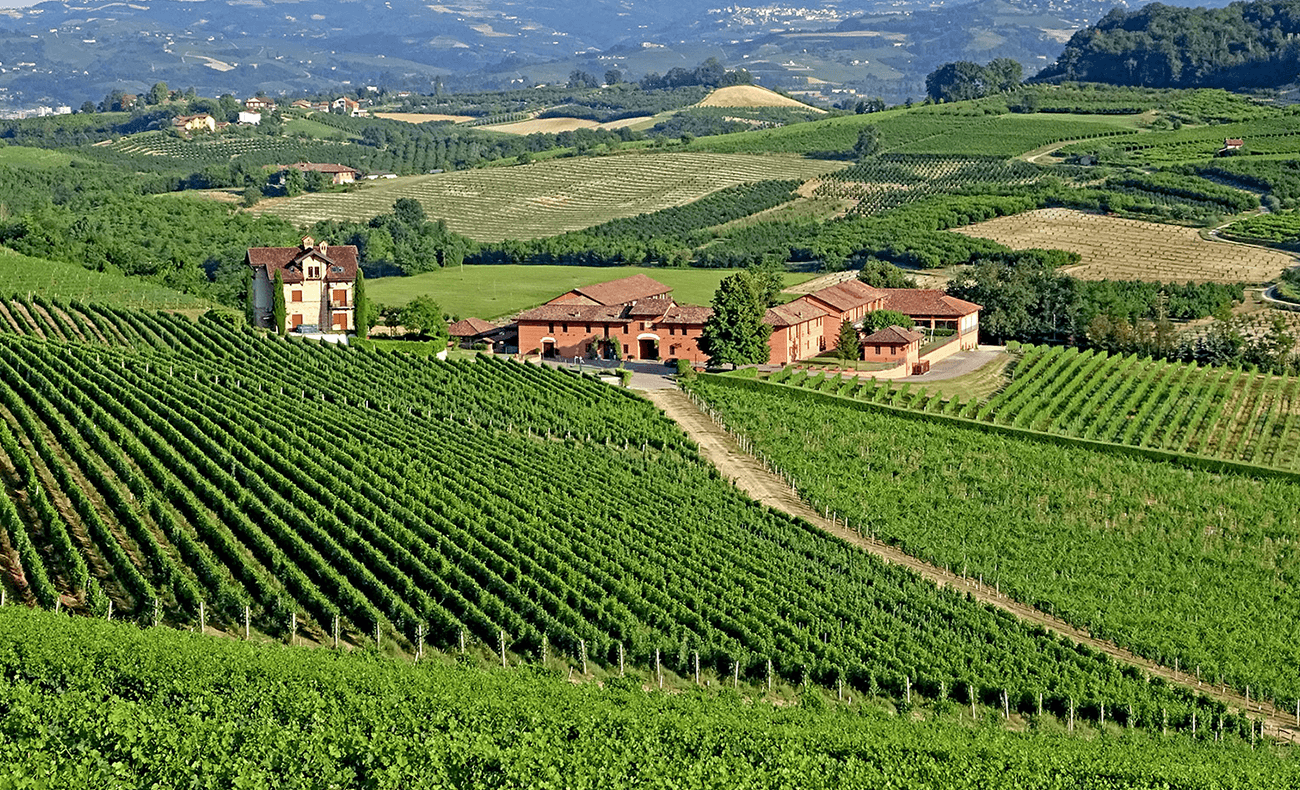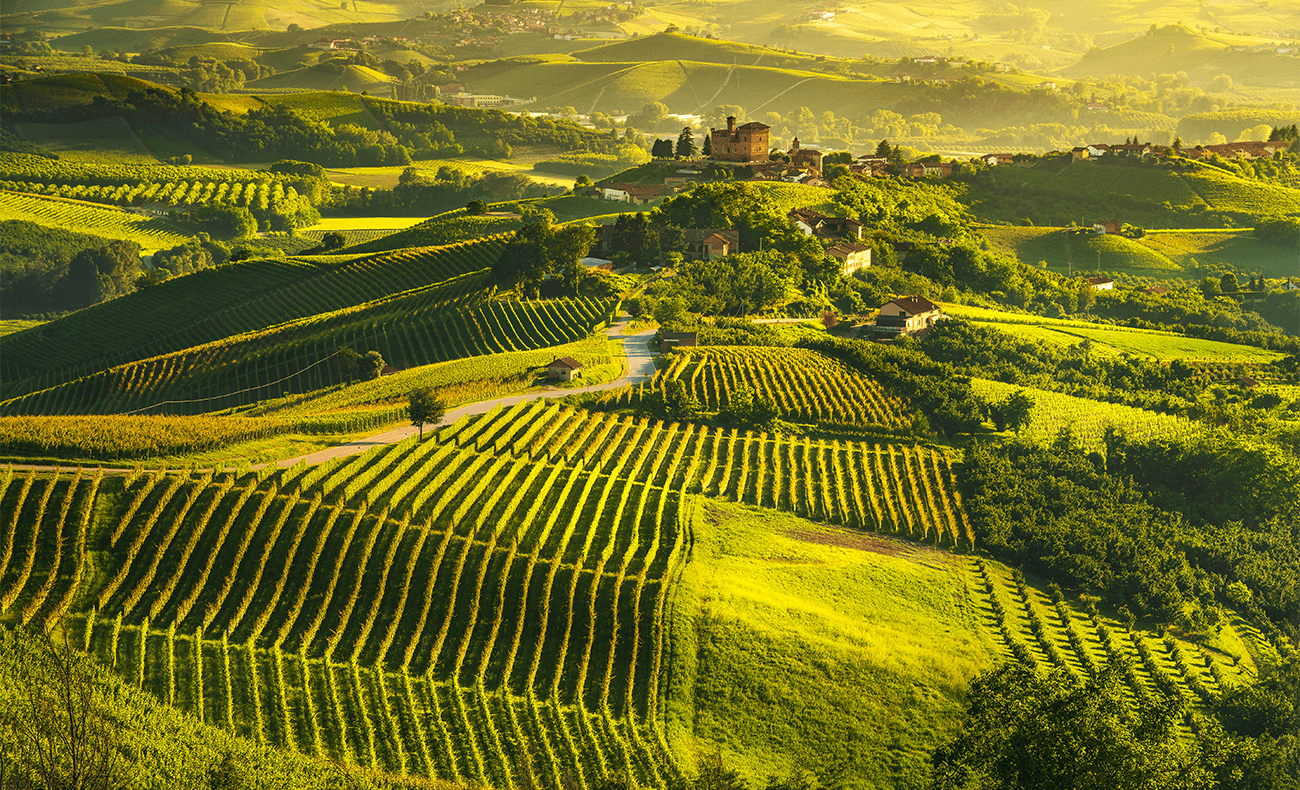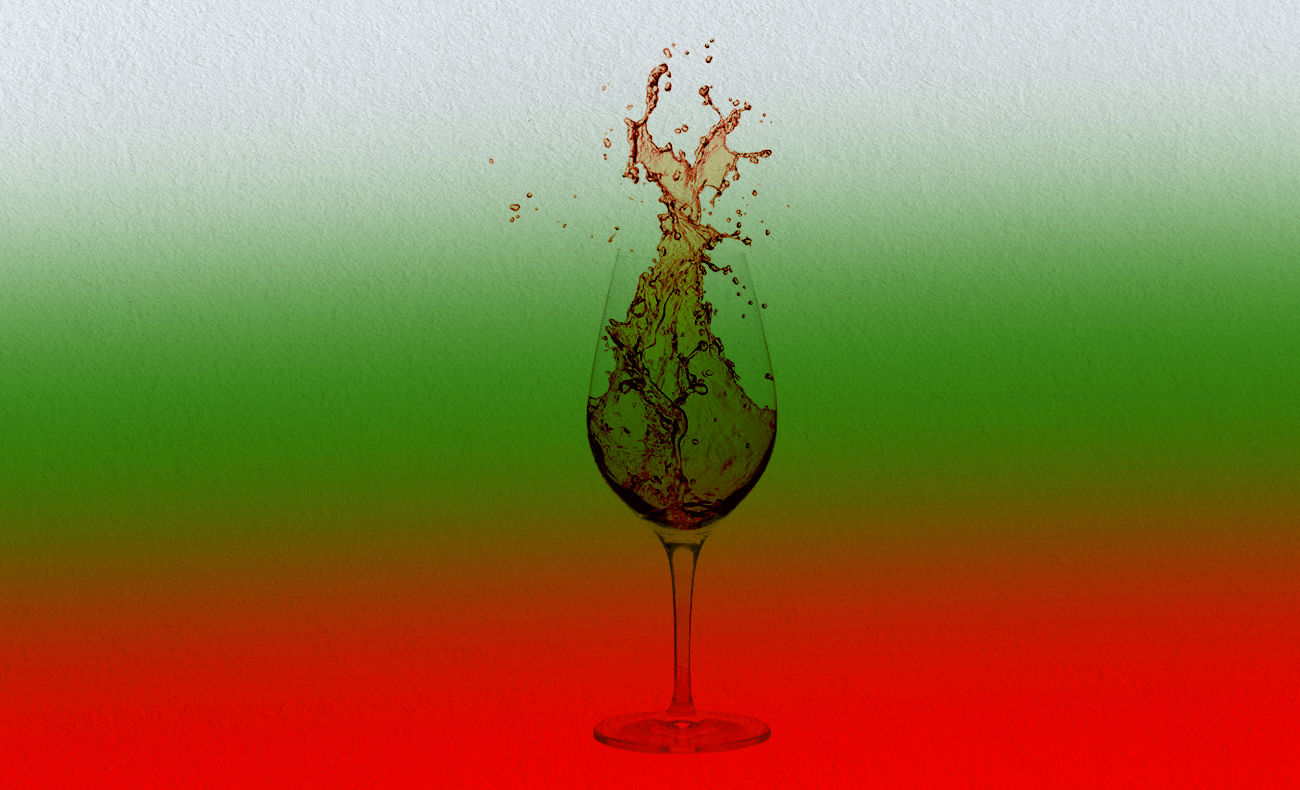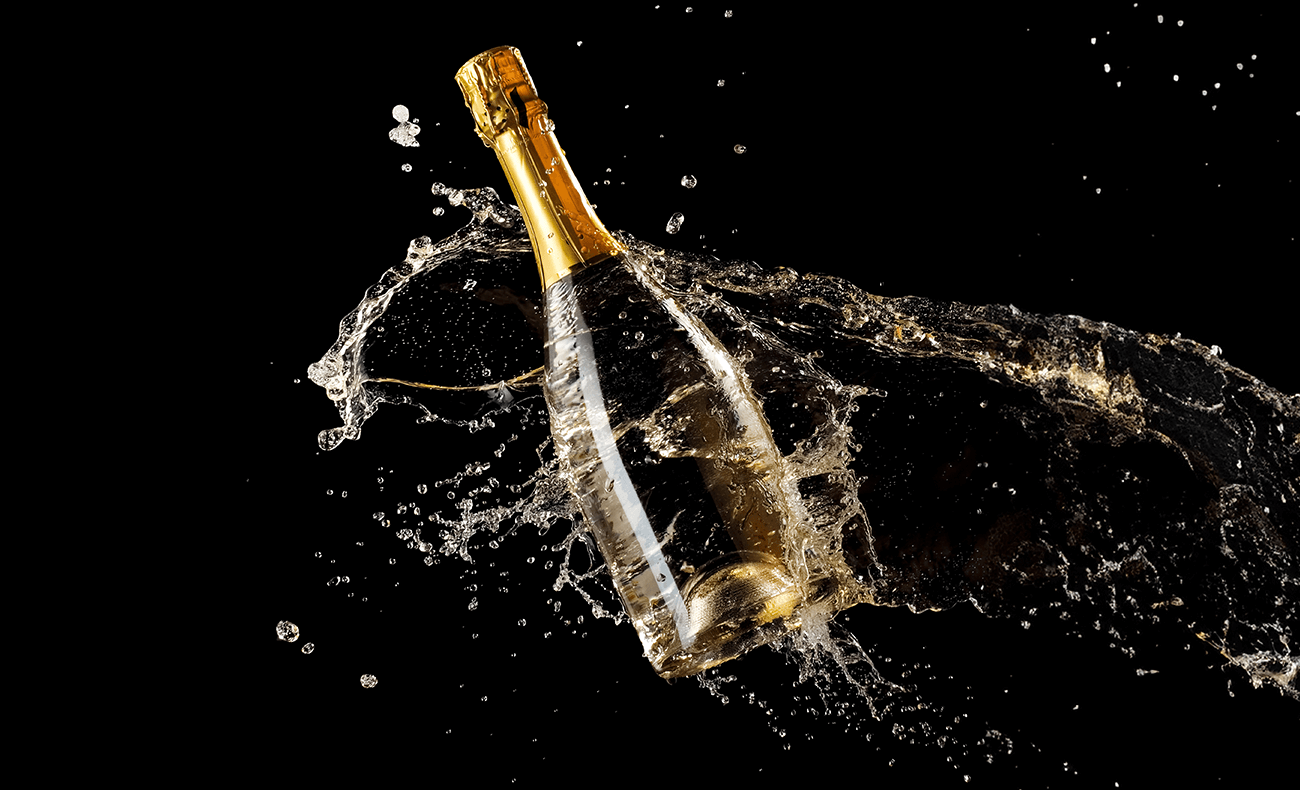Exploring the Diversity of Spirits: A Guide to Different Types and Their Unique Characteristics In the vast realm of...
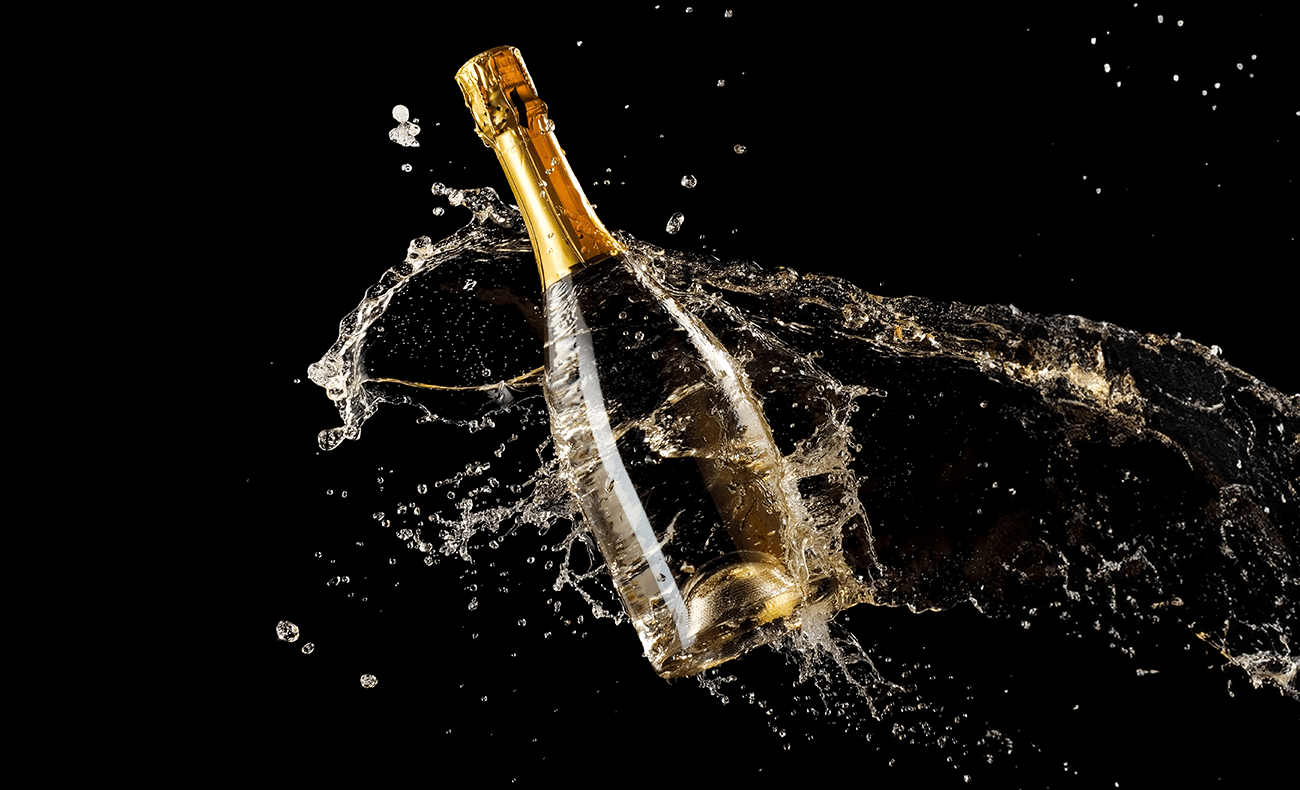
Bubbles
Champagne, Sparkling, and Frizzante Wines Explained
When it comes to celebrating life's special moments or simply adding a touch of elegance to your evening, a glass of bubbly is often the drink of choice. However, not all sparkling wines are created equal. Champagne, sparkling wine, and frizzante wine may all have effervescence, but they have their own unique characteristics that set them apart. In this article, we'll dive into the world of sparkling wines and explore the key differences between Champagne, sparkling wine, and frizzante wine, unveiling the differences between these sparkling sensations to help you make the perfect choice for your next celebration.
The Origin: Champagne vs. Sparkling vs. Prosecco vs. Frizzante
Champagne: Champagne, often considered the king of sparkling wines, is exclusively produced in the Champagne region of France. French law dictates that only wines produced in this region can bear the prestigious "Champagne" label. It is made using the traditional method, also known as the méthode champenoise, involving a second fermentation in the bottle to create those signature tiny bubbles.
Some key characteristics of Champagne include:
Region of Origin: Champagne, France.
Grapes: Chardonnay, Pinot Noir, and Pinot Meunier.
Production: Secondary fermentation in the bottle.
Taste: Crisp, complex, with fine bubbles.
Notes: Champagne is known for its unparalleled quality and diverse flavor profiles.
Prosecco: Italy's answer to Champagne, is made primarily from the Glera grape. It's produced using the Charmat method, where the secondary fermentation takes place in a tank, preserving the wine's fruity characteristics. Key features of Prosecco include:
Region of Origin: Veneto and Friuli regions of Italy.
Grapes: Primarily Glera.
Production: Charmat method, resulting in larger, frothy bubbles.
Taste: Light, fruity, with notes of apple, pear, and floral hints.
Notes: Prosecco is celebrated for its approachable style and affordability.
Sparkling Wine: Sparkling wine is a broad term used for effervescent wines produced worldwide. These wines can come from various countries and regions, such as Prosecco from Italy, Cava from Spain, or sparkling wines from California. They are typically crafted using different methods, including the traditional method, Charmat method, and carbonation.
Key points to note about sparkling wine include:
Region of Origin: Global.
Grapes: Varied, depending on the region.
Production: Secondary fermentation may occur in tanks, resulting in larger bubbles.
Taste: Diverse, from sweet to dry.
Notes: Sparkling wine includes well-known varieties like Cava from Spain and California Sparkling Wine.
Frizzante Wine: Frizzante wine, on the other hand, is a lightly sparkling wine that hails primarily from Italy. It's often characterized by its gentle, persistent bubbles, which are achieved through a secondary fermentation in a pressurized tank. Unlike Champagne and most sparkling wines, frizzante wines are not as effervescent and tend to have a lower level of carbonation.
Key characteristics of Frizzante wines include:
Region of Origin: Various regions around the world.
Grapes: Varied, depending on the region.
Production: Fermentation can be stopped before all sugars are converted, resulting in a gentle effervescence.
Taste: Soft, semi-sparkling, with a hint of sweetness.
Notes: Frizzante wines are perfect for those who prefer a milder carbonation.
The Grape Varieties
Champagne: Champagne is predominantly made from Chardonnay, Pinot Noir, and Pinot Meunier grapes. The precise blend of these grape varieties can vary between Champagne houses and determine the style and flavor profile of the Champagne.
Prosecco: is primarily made from Glera (known also as Prosecco) and is known for its floral and fruity characteristics, contributing to Prosecco's signature flavor.
However, some Proseccos may include small amounts of other grape varieties, such as Chardonnay, Pinot Blanc, and Pinot Grigio, to add complexity and different flavor profiles.
Sparkling Wine: The grape varieties used in sparkling wine production vary significantly depending on the region and winemaker's preferences. For example, Prosecco mainly uses Glera grapes, while Cava often employs Macabeo, Parellada, and Xarel-lo grapes.
Frizzante Wine: Frizzante wines are also crafted from a variety of grape types, but they tend to highlight Italian grape varieties like Moscato, Prosecco, and Lambrusco.
Sweetness Levels
Champagne: Champagne offers a wide range of sweetness levels, from Brut Nature (bone-dry) to Doux (sweet). Brut and Extra Brut are the most common styles and are known for their dryness.
Prosecco: comes in different sweetness levels, which are classified using terms
That go from Brut Nature/Zero Dosage to Demi-Sec.
The most popular style of Prosecco is typically "Brut," which offers a balanced level of sweetness. The choice of sweetness level can impact your food pairing options.
Sparkling Wine: Sparkling wines, again, come in various sweetness levels, with many offering Brut, Extra Brut, and Sec (slightly sweet) options. The sweetness can vary depending on the style and region of origin.
Frizzante Wine: Frizzante wines often lean towards the sweeter side, making them a popular choice for those who prefer a touch of sweetness in their sparkling wine. Moscato d'Asti is a famous example of a sweet frizzante wine.
Serving and Pairing
Champagne: Is typically served in flutes and pairs wonderfully with seafood, particularly oysters, or can be enjoyed on its own for toasting and celebrations.
Prosecco: Its crisp and effervescent nature makes it a delightful choice for aperitifs, light meals, and celebrations, and experimenting with different pairings can be a fun and rewarding experience.
Sparkling Wine: Sparkling wines are versatile and can be served in various glassware. They complement a wide range of dishes, from sushi to fried chicken.
Frizzante Wine: Frizzante wines are often enjoyed in regular wine glasses and pair well with desserts, fruits, and charcuterie.
Conclusion:
While all three types of wines offer delightful bubbles, each has its own unique characteristics, origin, grape varieties, sweetness levels, and ideal serving and pairing options. The next time you raise a glass of Champagne, sparkling wine, or frizzante wine, you'll have a deeper appreciation for the differences that make each of them special. So, whether you're celebrating an achievement or simply enjoying a quiet evening, you can choose the perfect bubbly to suit your taste and occasion. Cheers to the world of sparkling wines!




